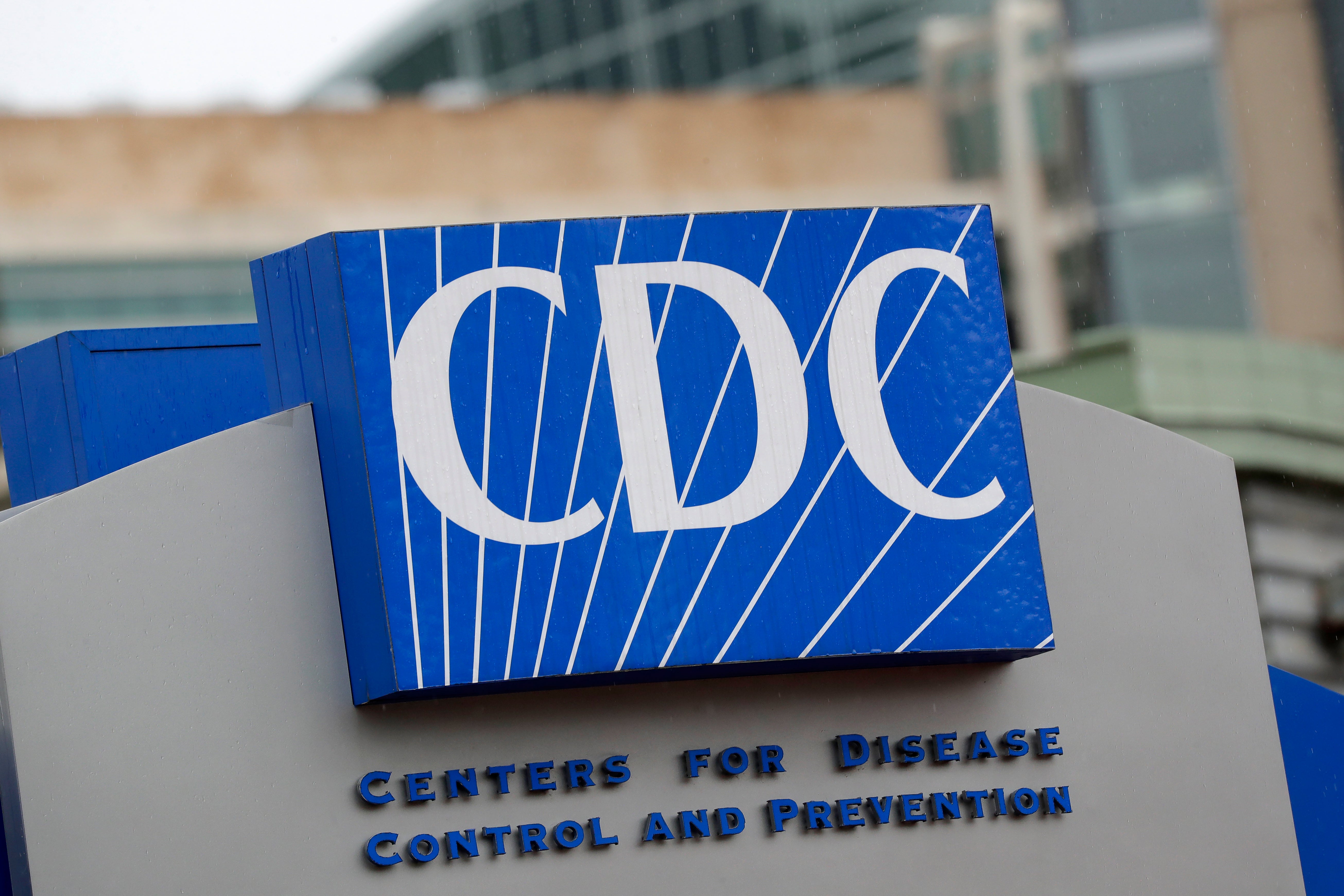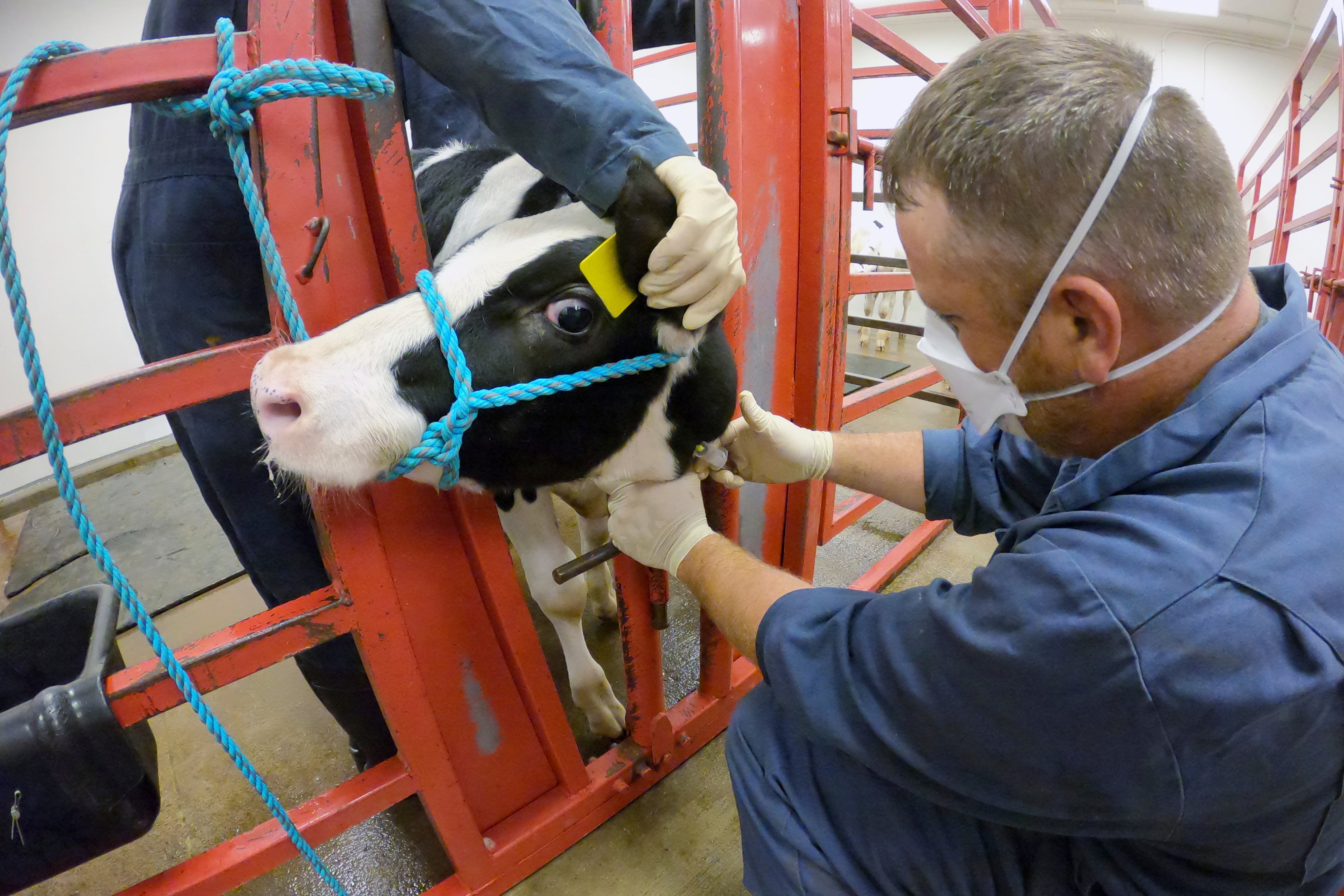First human case of bird flu not linked to animals reported in US
Case marks 14th human case of H5 bird flu overall in the US this year

Your support helps us to tell the story
From reproductive rights to climate change to Big Tech, The Independent is on the ground when the story is developing. Whether it's investigating the financials of Elon Musk's pro-Trump PAC or producing our latest documentary, 'The A Word', which shines a light on the American women fighting for reproductive rights, we know how important it is to parse out the facts from the messaging.
At such a critical moment in US history, we need reporters on the ground. Your donation allows us to keep sending journalists to speak to both sides of the story.
The Independent is trusted by Americans across the entire political spectrum. And unlike many other quality news outlets, we choose not to lock Americans out of our reporting and analysis with paywalls. We believe quality journalism should be available to everyone, paid for by those who can afford it.
Your support makes all the difference.The Centers for Disease Control and Prevention has confirmed the first case of avian influenza A (H5) bird flu in a person not known to have been exposed to an infected animal, the public health agency announced on Friday.
The case was in a patient in Missouri, and the CDC confirmed a sample taken from the individual. The case is significant because the patient had no known exposure to infected animals, the most common way bird flu is spread.
“The risk of sustained transmission or infection among the general public remains low,” the Missouri Department of Health and Senior Services said on Friday.
The patient, who had underlying medical conditions potentially putting them at a higher risk of respiratory illness, was hospitalized on August 22, treated with antiviral medications, and has since recovered.
“This is the 14th human case of H5 reported in the United States during 2024 and the first case of H5 without a known occupational exposure to sick or infected animals,” the CDC wrote in a statement.

“H5 outbreaks in cattle have not been reported in Missouri, but outbreaks of H5 have been reported in commercial and backyard poultry flocks in 2024. H5N1 bird flu has been detected in wild birds in that state in the past.”
No ongoing transmission has been identified among close contacts of the patient, the CDC said.
Missouri’s health department is investigating the case.
The results of the investigation are “particularly important,” the CDC said, given the lack of obvious animal exposure.
“The question now is: How did this patient acquire the infection?” Dr. William Schaffner, an infectious diseases expert at Vanderbilt University Medical Center, told NBC News. “We need a very, very thorough investigation.”

“H5 is primarily found in wild birds and poultry, and recently in dairy cows and other animals, and can occasionally infect humans through close contact with infected animals or contaminated environments,” according to Missouri officials.
The case marks the first time H5 has been detected as part of the general flu surveillance system, as opposed to ongoing outbreak-specific surveillance of the bird flu outbreak hitting humans, poultry, and cattle in multiple states.
“Based on available data, CDC’s current assessment is that the risk to the general public from H5N1 remains low,” the public health monitor added in its statement. “CDC’s recommendations related to H5 virus have not changed at this time.”
Bird flu’s jump from cows to birds raises concerns it could adapt and spread quickly among humans, Reuters reports.
Join our commenting forum
Join thought-provoking conversations, follow other Independent readers and see their replies
Comments